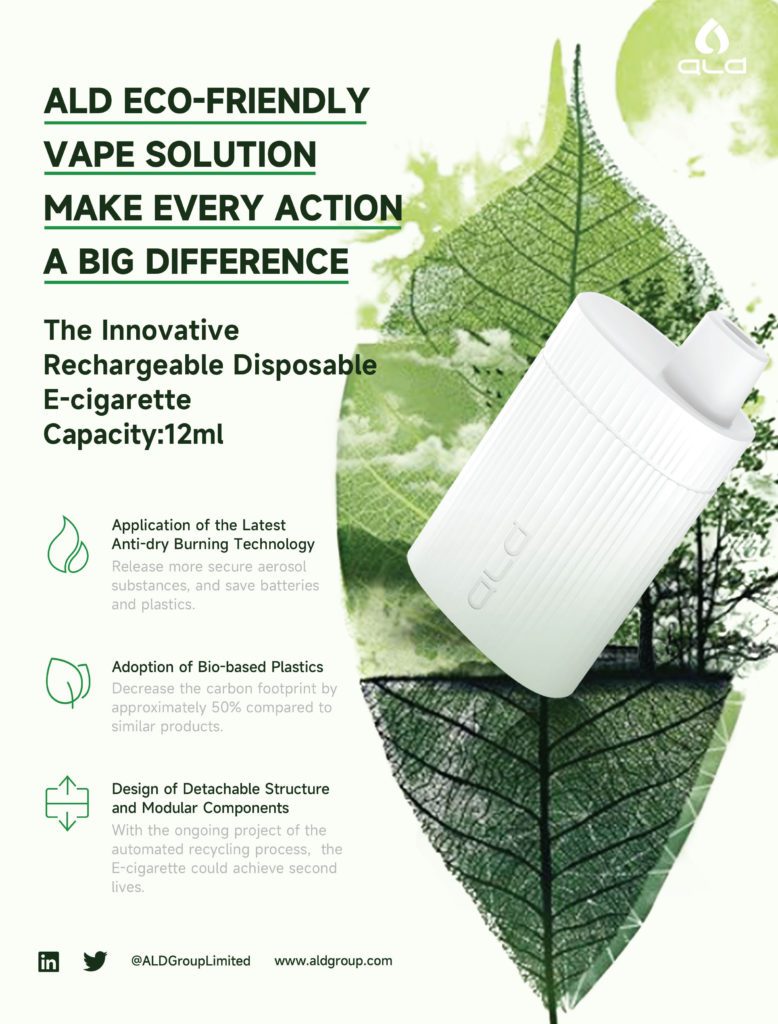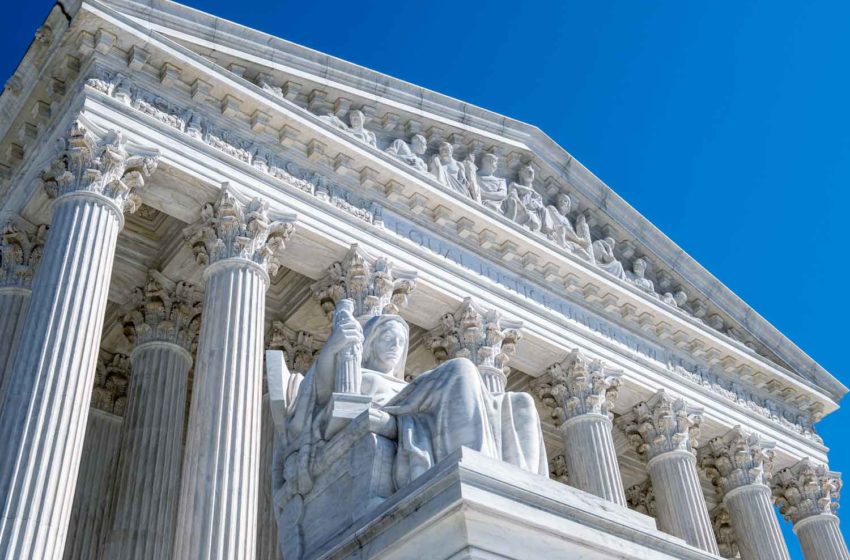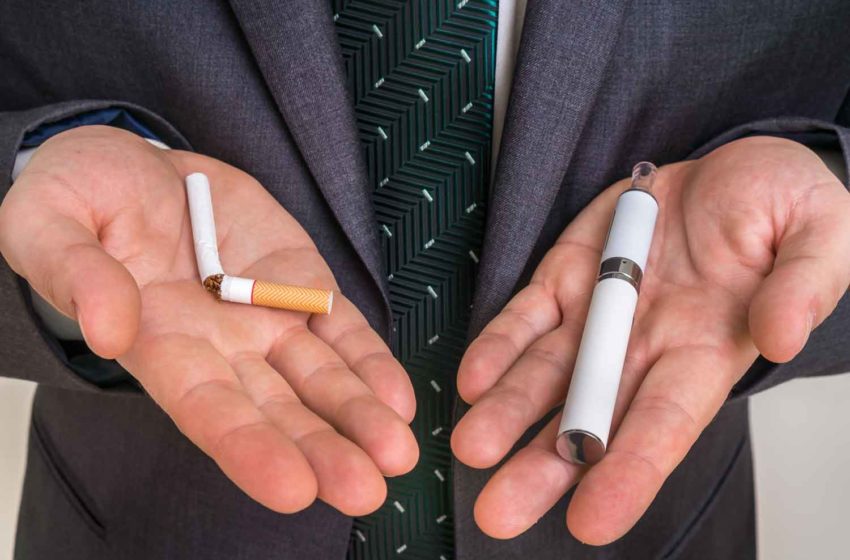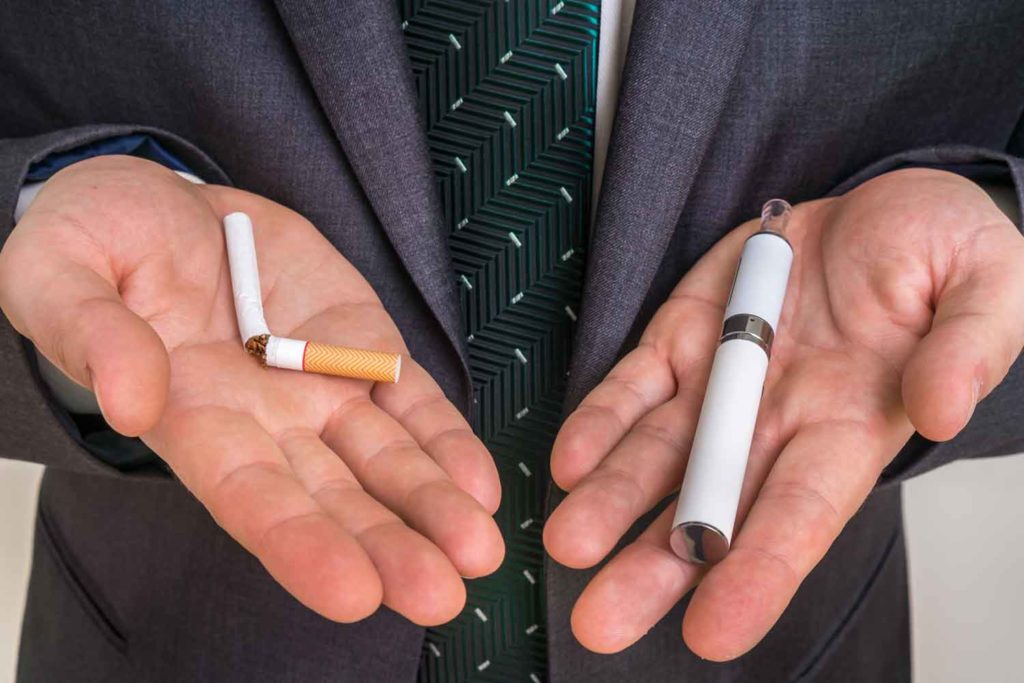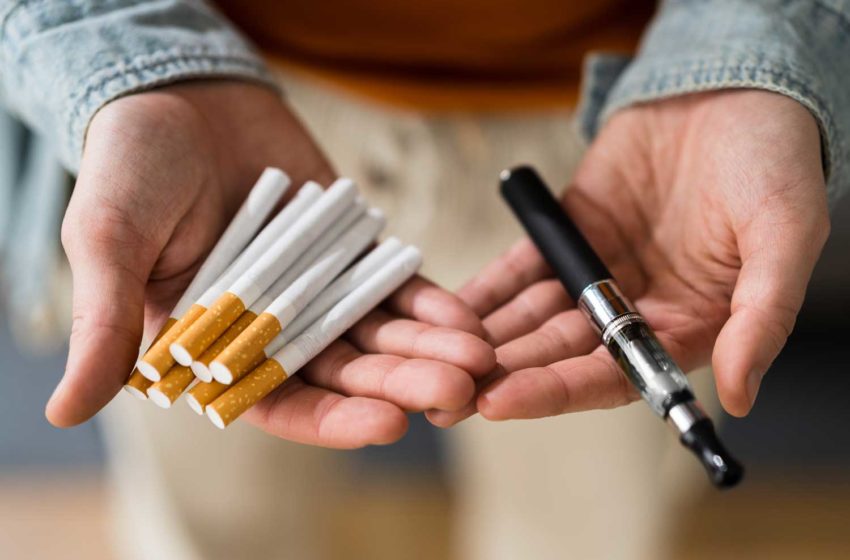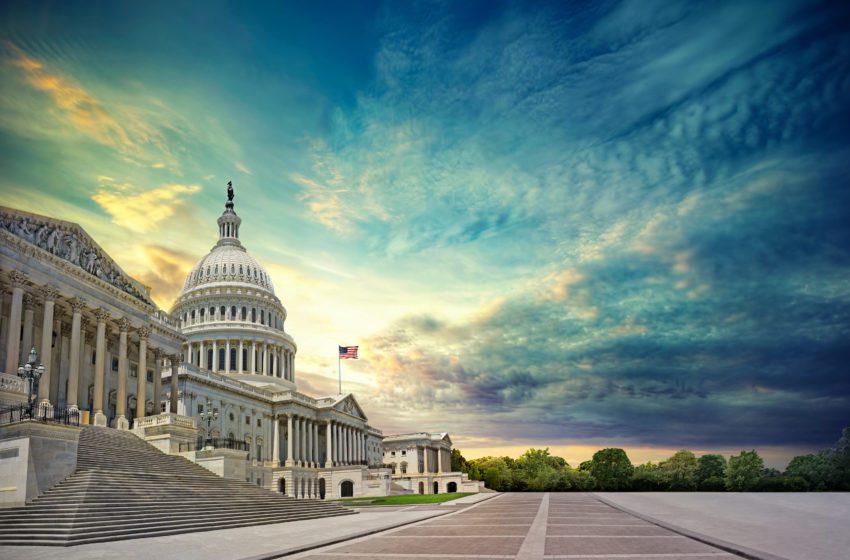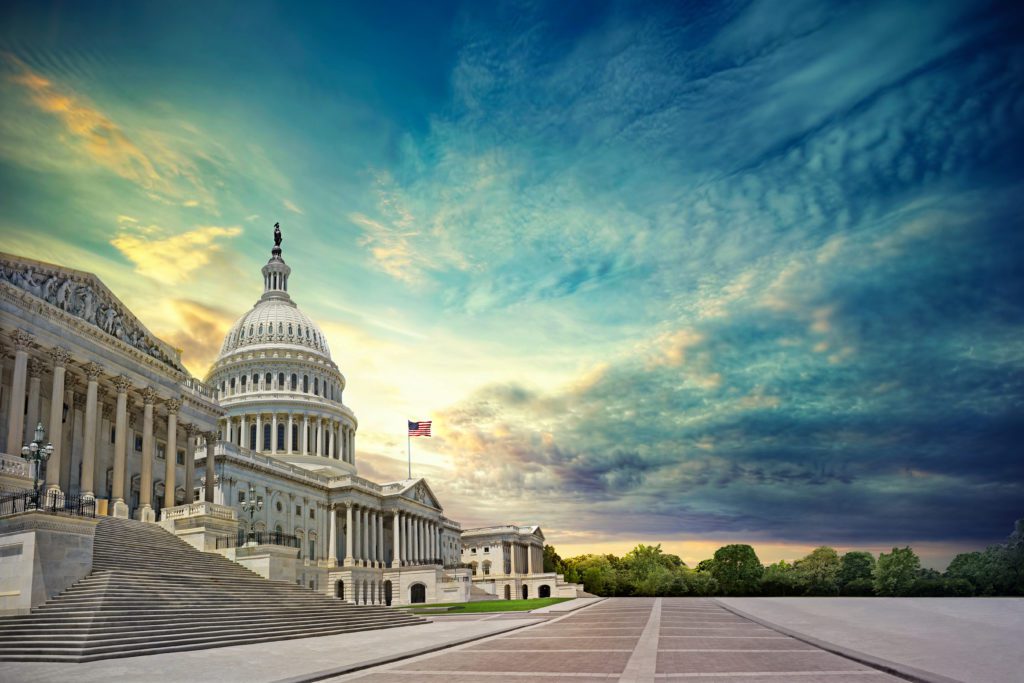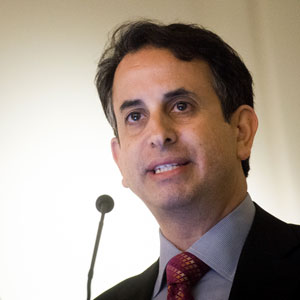
With Republicans in control of the U.S. House, some experts expect the vape industry to thrive.
By Timothy S. Donahue
The next two years should be better than the past two years. That was the overall outlook from vapor industry experts speaking during the Vapor Technology Association’s (VTA) 2022 Post-Election Round-Up webinar in late November. Tony Abboud, executive director of the VTA, told attendees that his organization has been working diligently with two Washington, D.C.-based firms, West Front Strategies, a lobbying group, and FORA Partners, a public affairs agency, to promote the interests of the vaping industry as Republicans take over the U.S. House of Representatives in 2023. “We have a very specific agenda, some of which we’ve discussed (as an overview of what) we are pursuing,” he said. “We’ve done an enormous amount of groundwork.”

Shimmy Stein, a partner with West Front Strategies, said the change in leadership at the House could have a positive impact on the vaping industry until at least the next election cycle. “Anytime you can take over the gavels, take over the control of the messaging, take over control of the chairmanships and the legislation, that is an important piece of governing,” he explained. “And so, while it was not to the extent or to the size which Republicans were hoping for in terms of the majority in the House of Representatives, it’s still pretty significant and will change the manner in which Washington will function.”
Over the next two years, the vaping industry should feel “a little more comfortable, a little more secure” going into a divided Congress (the U.S. Senate leadership did not change), according to Craig Kalkut, a partner with West Front Strategies. However, the vaping industry has always faced threats from both Democrats and Republicans due to their concerns over teen vaping. “We still need to work with both parties. We still could face issues and threats of overregulation and poorly conceived legislation. But the bottom line is that we will have a more comfortable environment with Republicans controlling one house of Congress,” said Kalkut.

Reconciliation, a way for Congress to enact legislation on taxes, spending and the debt limit with only a majority vote, is no longer a threat to the vapor industry, according to Kalkut. He said that’s just not something that can happen in a divided Congress. “What that means, ultimately, is that anything that passes will need to have bipartisan support,” said Kalkut. “And because of that, [legislation] will likely be more limited, more moderate, and hopefully, if there’s any legislation passed in our area, that will be something that allows us to thrive, which addresses the concerns that linger over teen vaping but does not overregulate and drive people away from vaping.”
Kalkut also confirmed that gridlock is a concern in a divided Congress; however, gridlock could also provide incentives for both parties to compromise. “They’re both seen as in charge, so they both sometimes want to get something done. And that will bring people to the table and often over issues that are not central to either party’s ideology,” he said. “It’s hard to come to a compromise on taxes, or it’s hard to come to a compromise on healthcare … but something like vaping, perhaps there will be opportunity for common sense provisions to prevail in an area where Democrats and Republicans can come together.”

Max Hamel, founding partner of FORA, said when Congress is split, the White House typically relies heavily on its executive privilege. There is no known administration agenda on vaping, so a vaping-related rule is unlikely. With Republicans in control of the House, they also head committees. The House oversight committee and its subcommittees could present opportunity for the vaping industry, according to Hamel.
“We do have new personalities on both the majority and the minority side, so they’ll probably have some growing pains,” he said. “The big question is, how does this new authority, especially in the House, get wielded[?] … whether it’s one seat or 40 seats, the authority with the majority is the same, and it is substantial from [an] investigation and oversight standpoint; [that’s] probably not necessarily true from a legislative standpoint … the oversight subcommittee, we do have the opportunity to surface some things, but it’s really an opportunity for us now to not be on defense and [to] put forth an agenda and some messaging that really focuses on the things that are advantageous to us.”
Additionally, with Juul losing its stranglehold on the vaping market, Hamel said the vaping landscape is changing. Juul became the focus to save youth from vaping, and today, Juul isn’t the focus. The market is made up of a more diverse group of companies with different technologies dedicated to harm reduction. Hamel said this is the message that should be projected. “I think our priority will be focusing on the messages that really emphasize the harm reduction aspects,” he said.
Kalkut then added that the vaping industry has an opportunity now to change the conversation, particularly with Democrats but also Republican critics and skeptics of vaping through the ever-expanding body of science that shows the relative safety and incredible potential for harm reduction that next-generation tobacco products have. “That has become more and more clear as time has gone on over the last couple of years,” he said. “I think once we show that, once we demonstrate our commitment as an association in the industry to addressing teen vaping, we have a real chance of changing the narrative.”

Ashley Davis, a founding partner at West Front Strategies, told attendees that, looking back on industry challenges, there has been success. However, her concerns going into the last Congress (2020–2022) were that she didn’t really know in what direction or how forcefully Biden would lean on the vapor industry. She says the industry “dodged a bullet.” The industry could have suffered more than it did those first two years in a Biden administration. She also said the issue of youth use will remain at the forefront of any discussion concerning electronic nicotine-delivery system products.
“We do have to still deal with the youth issue. And I think we all realize that any negative press that comes up is around the youth issue … Everyone loves a microphone. It’s a member of Congress. If there’s an issue to discuss, that’s what they’re going to discuss,” explained Davis. “[We are] trying to make sure that any bad legislation is not passed—it’s much more unlikely in this Congress than it was before.”
Taking a question from the audience, Abboud closed the session speculating on the impact of the Reagan-Udall Foundation’s external review of the U.S. Food and Drug Administration’s Center for Tobacco Products, the results of which are expected in mid-December.
Abboud said that numerous comments from staffers of the FDA for the Reagan-Udall assessment suggest the regulatory agency is in a state of disarray and is being influenced by outside forces not scientific research. He said he hopes the foundation will advise the FDA that premarket tobacco product application (PMTA) decisions should be free from any external pressures, especially political pressure.
“[The review should recommend to the FDA that PMTA] decisions must be made based upon the science that is submitted as well as making sure that the agency does, in fact, review all of the science that has been submitted as part of any applications as well as [reviewing] all of the applications that have [been] submitted,” said Abboud. “Because that was another big failing of the current process where applications have been rejected [without a full review].”


